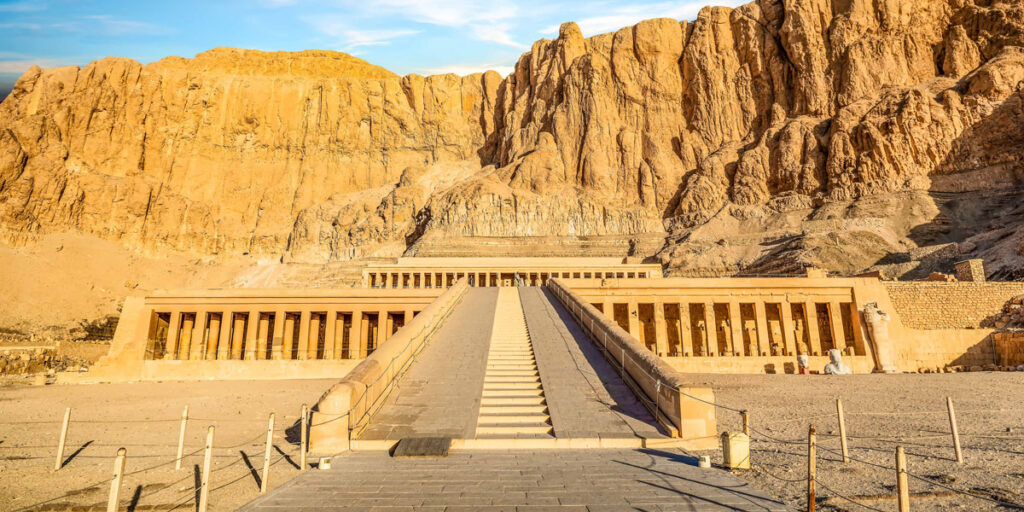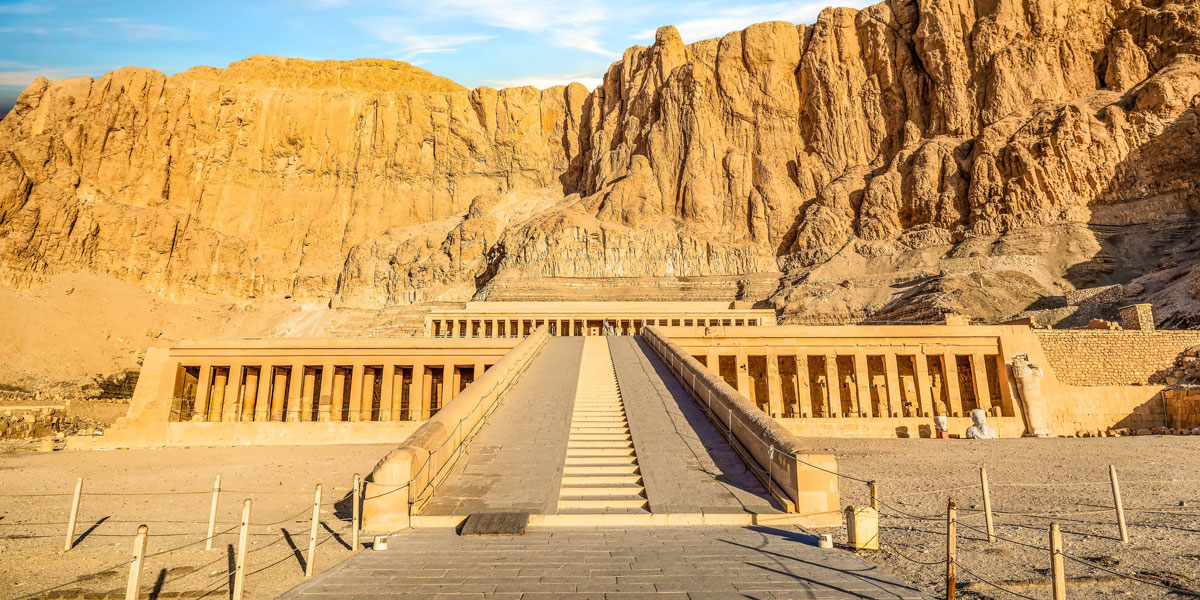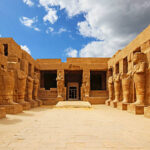Luxor Tour from Marsa Alam: A Journey Through Ancient Egypt’s Marvels

Luxor tour from Marsa Alam showcasing ancient Egyptian landmarks
The allure of Luxor, Egypt’s “world’s greatest open-air museum,” draws visitors from across the globe, and for those embarking on a Luxor tour from Marsa Alam, the journey is nothing short of magical. This voyage takes you from the pristine coastline of Marsa Alam to the heart of ancient Egypt, where awe-inspiring temples, tombs, and cultural experiences await. Whether you’re a history lover or a curious traveler, Luxor promises a trip brimming with unforgettable moments.
From Marsa Alam to Luxor: An Epic Journey
The journey begins early in the morning, with the four-hour drive offering a stunning glimpse of Egypt’s contrasting landscapes. Departing from Marsa Alam, famous for its turquoise waters and coral reefs, you traverse picturesque desert vistas, lush greenery, and the quaint villages of rural Egypt. The winding Nile River makes its majestic appearance as you approach Luxor, hinting at the treasures that await.
This transition from serene beaches to the bustling cultural and historical hub of Luxor is a symbolic journey into Egypt’s past. Along the way, the rhythmic pulse of Egypt’s vibrant culture, showcased in the daily lives of locals, adds charm to your trip.
Exploring Luxor: The Pinnacle of Ancient Egypt
Karnak Temple Complex: A Testament to Divine Power
The first stop on your Luxor tour is likely the Karnak Temple Complex, an ancient site that showcases the architectural genius of the pharaohs. Spanning over 100 hectares, this temple is dedicated to the gods Amun, Mut, and Khonsu. The Great Hypostyle Hall, with its 134 towering columns intricately adorned with hieroglyphs, is a sight to behold. The obelisks, sacred lake, and colossal statues within the complex reflect the grandeur and ambition of ancient Egyptian kings.
Luxor Temple: A Nighttime Wonder
Not far from Karnak lies the Luxor Temple, which dazzles visitors both by day and when illuminated at night. This magnificent temple, built primarily by Amenhotep III and Ramses II, was a sacred site for religious rituals. Walking along its colonnades feels like stepping into history, especially when guided by tales of ancient traditions and beliefs. The famed Avenue of Sphinxes, which once linked Luxor Temple to Karnak, adds a royal touch to the experience.
A Deep Dive into Luxor’s West Bank
Valley of the Kings: The Land of Pharaohs
Your exploration of Luxor’s West Bank takes you to the Valley of the Kings, the burial ground of Egypt’s mighty rulers. Home to over 60 tombs, including that of the boy king Tutankhamun, this necropolis offers a fascinating glimpse into ancient funerary practices. The vibrantly painted walls of the tombs, with depictions of the afterlife and mythological figures, leave visitors in awe.
Temple of Hatshepsut: A Queen’s Legacy
Another gem is the Temple of Hatshepsut, dedicated to one of Egypt’s few female pharaohs. Built seamlessly into the cliffs of Deir el-Bahari, this mortuary temple is a masterpiece of ancient engineering and a testament to Hatshepsut’s reign. The serene terraces, colonnades, and relief carvings narrate the remarkable story of this pioneering ruler.
Colossi of Memnon: Sentinels of the West
As you travel through the West Bank, you’ll encounter the Colossi of Memnon, two towering statues of Amenhotep III that have stood as silent guardians for over 3,000 years. These statues, once part of a larger mortuary temple, offer a powerful reminder of the scale and ambition of ancient Egyptian architecture.
Beyond the Monuments: Luxor’s Vibrant Culture
Luxor isn’t just about its ancient landmarks; it’s also a lively city where modern-day culture intertwines with millennia-old traditions. Exploring Luxor’s bustling markets and festivals is a feast for the senses.
The Souks of Luxor: A Shopper’s Paradise
The city’s colorful souks are perfect for immersing yourself in local culture. From intricately woven textiles and hand-crafted jewelry to aromatic spices and papyrus art, these bazaars are brimming with treasures. Haggling with vendors is part of the experience and adds to the vibrant atmosphere.
Culinary Adventures in Luxor
Food lovers will find plenty to savor in Luxor. Traditional Egyptian dishes like koshari (a mix of rice, pasta, lentils, and chickpeas) and molokhia (a hearty soup made from jute leaves) are a must-try. Local restaurants and street vendors serve meals that offer both flavor and a taste of Egyptian hospitality.
Marsa Alam: The Gateway to Luxor
While the spotlight often shines on Luxor, Marsa Alam itself offers unique experiences that complement your Egyptian adventure. Known for its tranquil beaches and underwater wonders, Marsa Alam is a hub for relaxation and marine exploration.
Snorkeling at Dolphin House

Luxor tour from Marsa Alam
Dolphin House, a popular excursion from Marsa Alam, allows you to snorkel alongside dolphins in their natural habitat. The crystal-clear waters of the Red Sea and its vibrant coral reefs make this a dream destination for marine enthusiasts.
Wadi El Gemal National Park

Luxor tour from Marsa Alam
For nature lovers, Wadi El Gemal National Park is an oasis of biodiversity. From desert hikes to ancient ruins, this park offers a mix of adventure and history. The emerald mines, once sought after by Cleopatra, add a touch of intrigue to this already captivating landscape.
Tips for Planning Your Luxor Tour from Marsa Alam
- Choose the Right Season
The cooler months (October to April) are ideal for a comfortable tour of Luxor, as the summer heat can be intense. - Book with Reputable Operators
Opt for a trusted tour operator offering knowledgeable guides, comfortable transportation, and all-inclusive packages to ensure a seamless experience. - Pack Essentials
Bring light, breathable clothing, a hat, sunscreen, and comfortable walking shoes. A reusable water bottle is also handy for staying hydrated. - Do Your Homework
Reading up on Egypt’s history before your trip will deepen your appreciation of Luxor’s wonders. Basic Arabic phrases can also enhance your interactions with locals.
FAQs
What is the best time to visit Luxor from Marsa Alam?
The best time is during the cooler months between October and April, offering pleasant weather for outdoor exploration.
How far is Luxor from Marsa Alam?
The journey takes approximately four hours by car, covering about 350 kilometers.
What should I pack for a Luxor tour?
Comfortable walking shoes, breathable clothing, sunscreen, a hat, and a reusable water bottle are essential.
Are guided tours recommended for Luxor?
Yes, guided tours provide valuable insights into Luxor’s history, architecture, and cultural significance.
Can I visit Luxor as a day trip from Marsa Alam?
While possible, a day trip can be rushed. An overnight stay allows for a more relaxed and thorough exploration.
What are the must-see attractions in Luxor?
Key attractions include Karnak Temple, Luxor Temple, Valley of the Kings, and Hatshepsut’s Temple.
Conclusion: Why Luxor Should Be on Your Travel List
A Luxor tour from Marsa Alam is an unforgettable journey that bridges the gap between the modern and ancient worlds. From the grandeur of Karnak to the vibrant culture of the souks, Luxor offers a treasure trove of experiences that cater to every traveler. Whether marveling at the engineering feats of ancient Egypt or soaking in the city’s dynamic energy, Luxor promises a travel experience that’s both enriching and awe-inspiring. Pack your sense of adventure and step into the living history that is Luxor.








[…] for a smooth and hassle-free experience. From airport transfers to exploring the city and beyond, Marsa Alam’s taxis offer convenience and flexibility—if you know how to navigate […]